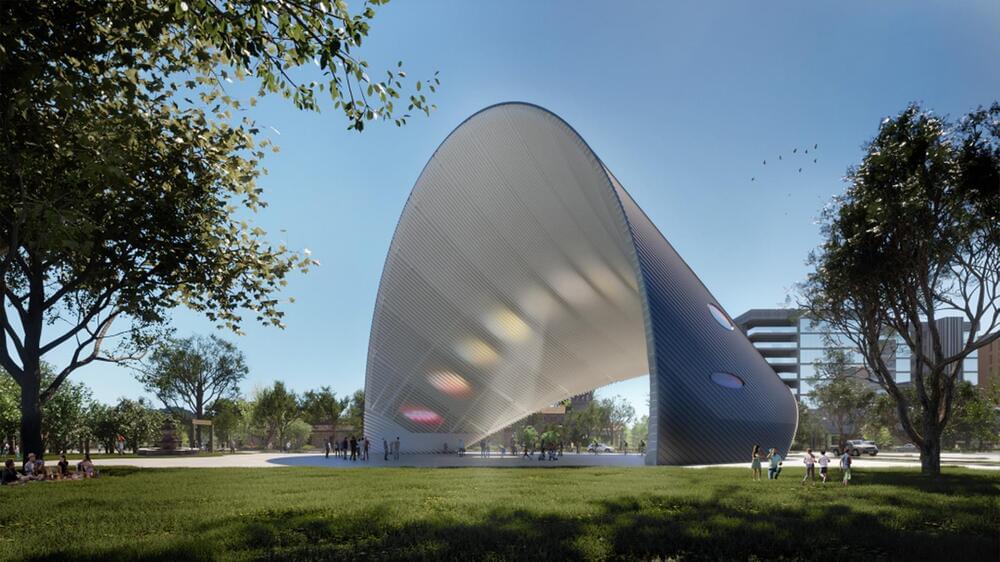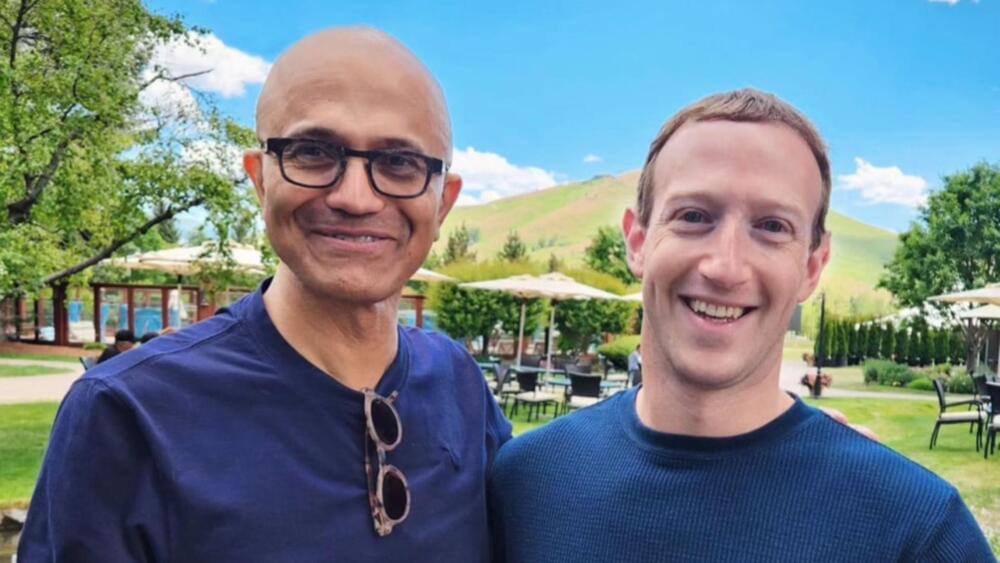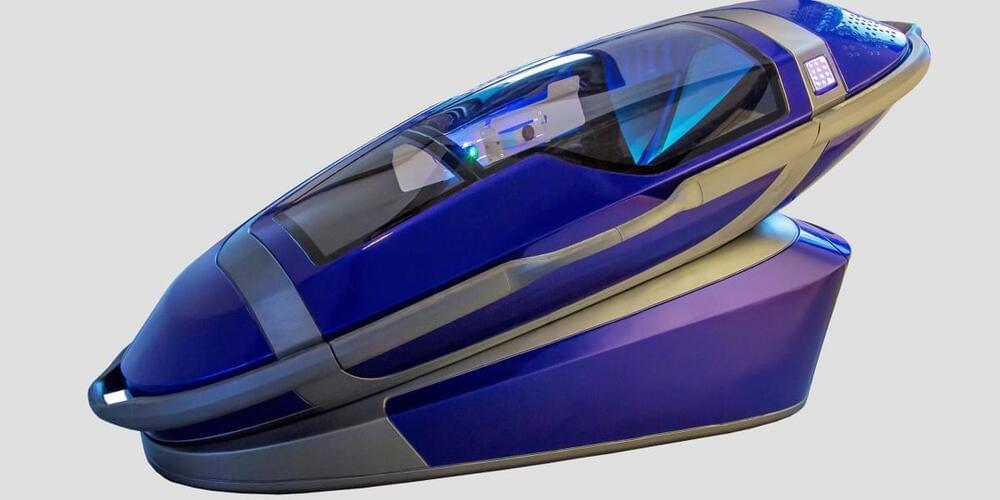The technology is not aimed at streaming high-quality videos but is helping businesses become more competitive.
China built a whopping 600,000 5G base stations in the last three months as it raced to achieve its target of three million before the end of the year, the South China Morning Post.
5G is the terminology used to denote the fifth generation of mobile network technology that can support high-speed broadband internet with low latency. Unlike its predecessors, 5G mobile networks have massive network capacities and can deliver a uniform user experience.





